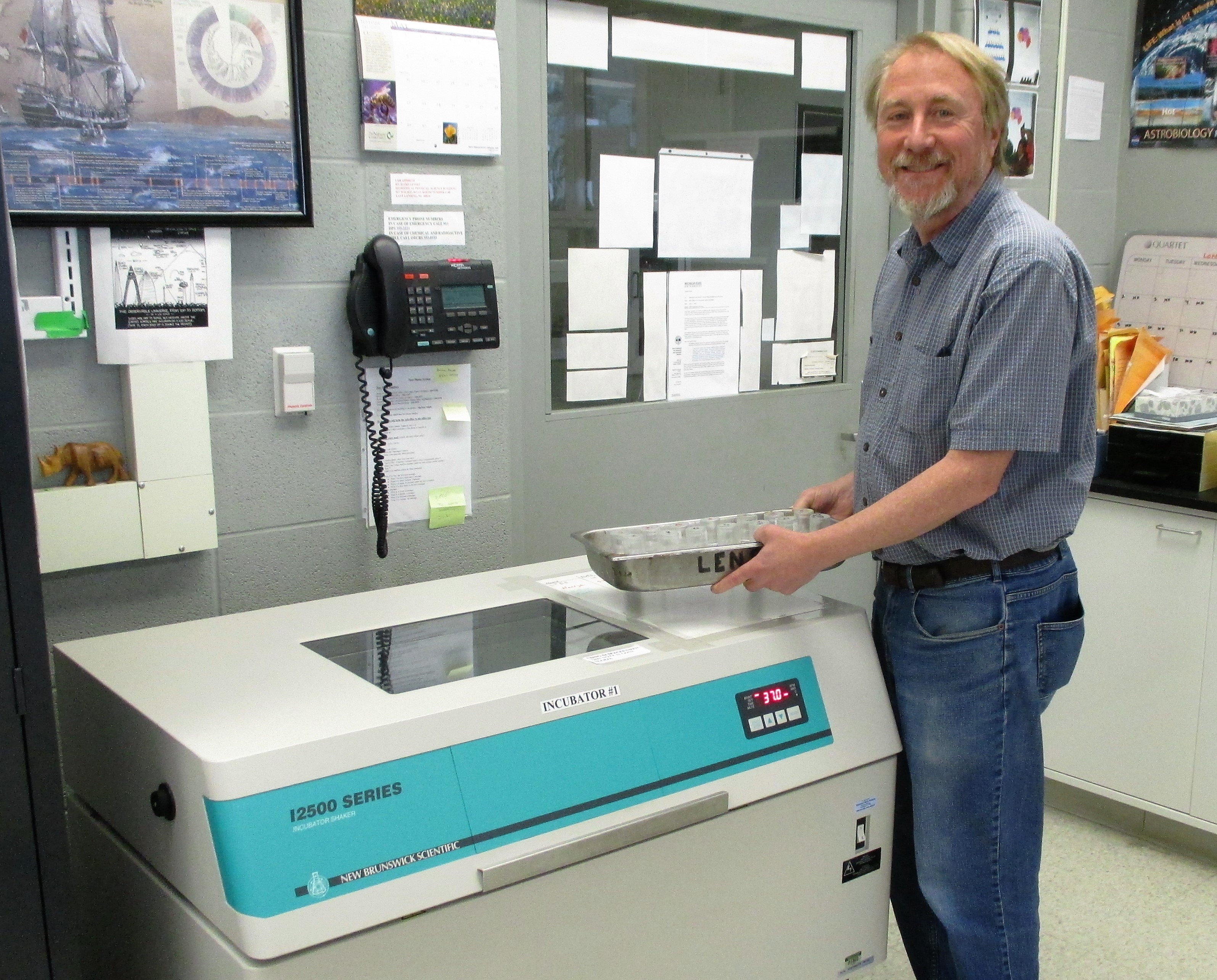©Copyright 2018 GEOSCIENCE RESEARCH INSTITUTE
11060 Campus Street • Loma Linda, California 92350 • 909-558-4548

Blount, ZD, R Maddamsetti, NA Grant, ST Ahmed, T Jagdish, JA Baxter, BA Sommerfeld, A Tillman, J Moore, JL Slonczewski, JE Barrick, Richard E Lenski. 2020. Genomic and phenotypic evolution of Escherichia coli in a novel citrate-only resource environment. eLife 2020;9:e55414. DOI: https://doi.org/10.7554/eLife.55414. Also see commentary: Behe, M. 2020. Citrate death spiral. https://evolutionews.org/2020/06/citrate-death-spiral.
Summary. The common gut bacteria, Escherichia coli (E. coli) has been the subject of an on-going experiment over the past thirty years in Richard Lenski’s laboratory at Michigan State University. The bacteria are normally grown on a medium that contains both glucose and citrate, although they utilize only the glucose. One population was found to be able to grow on citrate, due to a mutation (cit+) that enabled citrate to be imported into the cell in the presence of oxygen. Unmutated strains of the bacteria are unable to do this. The mutant strain was studied over the course of 2500 generations. Some of the newly mutated bacteria were grown in the regular medium containing both glucose and citrate, and some were grown in citrate without the glucose. Growth of the two groups was compared in order to discover how the cit+ mutation might be refined and improved over time by natural selection.
The two groups showed significant differences in the numbers of additional mutations that occurred during the experiment. Bacteria grown on the medium with citrate but no glucose experienced many more mutations, due largely to the activities of transposable elements. Transposable elements, also known as “transposons” or “jumping genes”, are sequences of DNA that move from one location on the genome to another. These elements are abundant, making up approximately 50% of the human genome and even more in other organisms. The E. coli populations with greater numbers of transpositions grew more slowly and experienced a higher death rate. The authors conclude that adapting to a new environment may come at the cost of robustness and overall good health.

Richard Lenski with a tray of flasks from the long-term evolution experiment in his lab at Michigan State University on May 26, 2016. Image: Zachary Blount; CC by SA 4.0. Wikimedia Commons.
Comment. This is another report from the Long Term Evolutionary Experiment in Richard Lenski’s lab. This is by far the most ambitious project ever conducted to follow the course of evolutionary change in a species. The experiment has run for more than 70,000 generations, with untold trillions of individual bacteria. Several lessons can be drawn from this outstanding experiment. First, bacterial genomes are dynamic, with small changes occurring continually, even in ordinary environments. It is conceivable that every possible mutation in E. coli has occurred during the course of this experiment. Second, although bacteria may adapt to different food sources, they have remained bacteria and have produced no new types of organisms. There is a limit to how much bacteria can change and a limit to environmental changes it can survive. The theory that multicellular organisms evolved from bacteria seems highly implausible, because that would imply changes beyond the flexibility of the genome. It is unrealistic to expect that much change would occur even after millions of generations. Time is not the limitation, but the very nature of the genome, which tends to correct changes (mutations) and maintain stasis. Third, although these bacteria evolved the ability to survive on citrate in the absence of glucose, this adaptation came at a high cost, with reduced viability and slower growth. Again, this shows that genomes tend to stability and that alterations in the form of mutations do not provide better fitness, but actually inhibit, retard or impede the activity of the organism. This is consistent with Michael Behe’s conclusions that Darwinian processes are dominated by genetic deterioration. For more on Behe’s ideas, see our review of his book, Darwin Devolves. https://www.grisda.org/darwin-devolves
Jim Gibson, PhD
Geoscience Research Institute